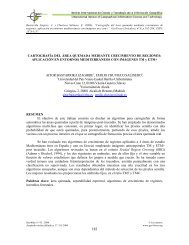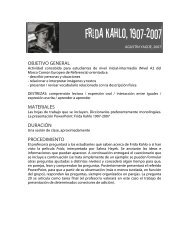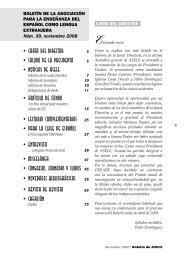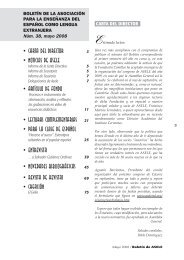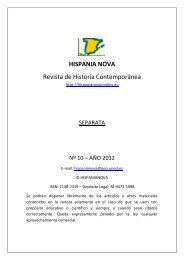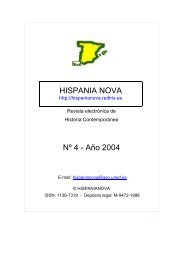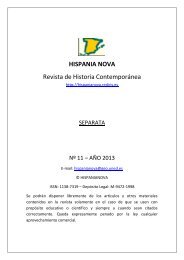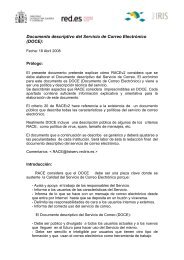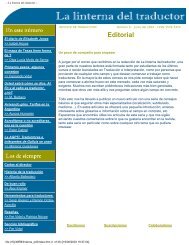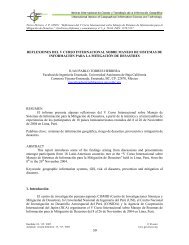Preparing an IPv6 Addressing Plan Manual - RedIRIS
Preparing an IPv6 Addressing Plan Manual - RedIRIS
Preparing an IPv6 Addressing Plan Manual - RedIRIS
- No tags were found...
You also want an ePaper? Increase the reach of your titles
YUMPU automatically turns print PDFs into web optimized ePapers that Google loves.
4.3.2Use typeWhen the use type is the primary subnet, the routing optimisation described aboveis not feasible, because the use types are divided across a number of locations.However, in practice this will not be a problem with most routers.This option does make it much easier to implement a security policy. Most firewallpolicies are based on the type of use <strong>an</strong>d not on the location of the network. This iswhy the firewalls often require only one policy per use type.4.3.3RecommendationBased on the above information, we recommend use type-based primary subnets,because this is the easiest way to integrate with existing policies <strong>an</strong>d procedures.Possible reasons for location-based primary subnets are:• Some locations will prepare their own addressing pl<strong>an</strong>• The routers c<strong>an</strong>not process such a large number of routes without aggregation4.4Determining the Address Space Required for the <strong>Addressing</strong> Pl<strong>an</strong> of ChoiceNow we need to determine which portion of the 16 bits of available address space(see section 2.3) is required for the addressing pl<strong>an</strong> selected. The number of groupsin the primary subnet determines the number of bits required. One bit c<strong>an</strong> containtwo groups (2 1 ), 2 bits c<strong>an</strong> contain 4 groups (2 2 ), etc. (see also the appendix).We c<strong>an</strong> determine the number of groups as follows:1. First determine the number of locations or use types within your org<strong>an</strong>isation.Count each location or use type as one group.2. Increase this number by one group (required for the backbone <strong>an</strong>d otherinfrastructure).3. If you chose to work with location-based primary subnets, add one extra groupfor all networks that do not have a fixed location. These are networks for VPNs<strong>an</strong>d tunnels, for example.4. Add one or two groups to allow for future exp<strong>an</strong>sion.5. To create a practical addressing pl<strong>an</strong>, the number of blocks into which we dividethe address space should be to a power of 2. So we’ll round up the number ofbits counted in steps 1 to 4 to the nearest power of 2.The result is the number of groups in the primary subnet, either by location or byuse type.This method is explained using a number of examples. More detailed examples c<strong>an</strong>be found in chapter 5.10<strong>Preparing</strong> <strong>an</strong> <strong>IPv6</strong> <strong>Addressing</strong> Pl<strong>an</strong>




